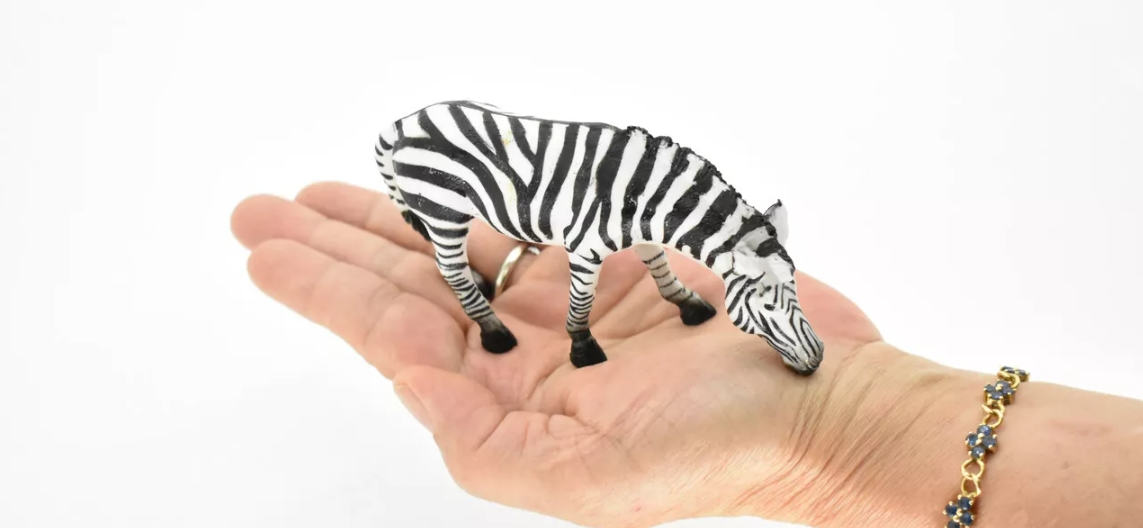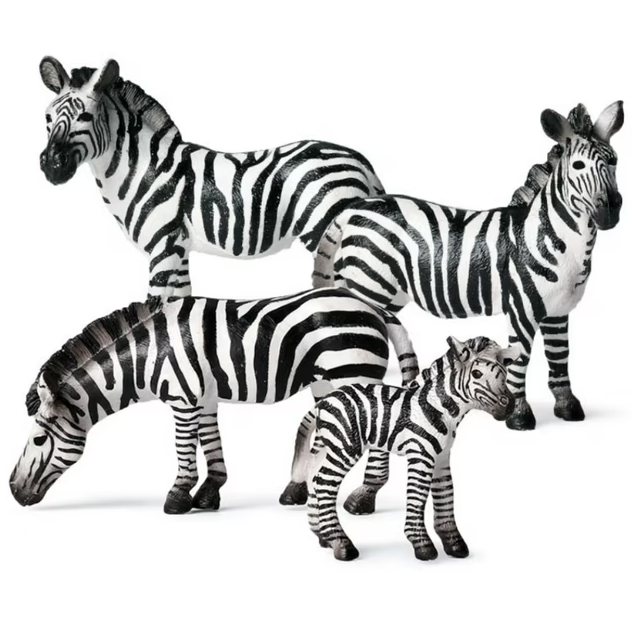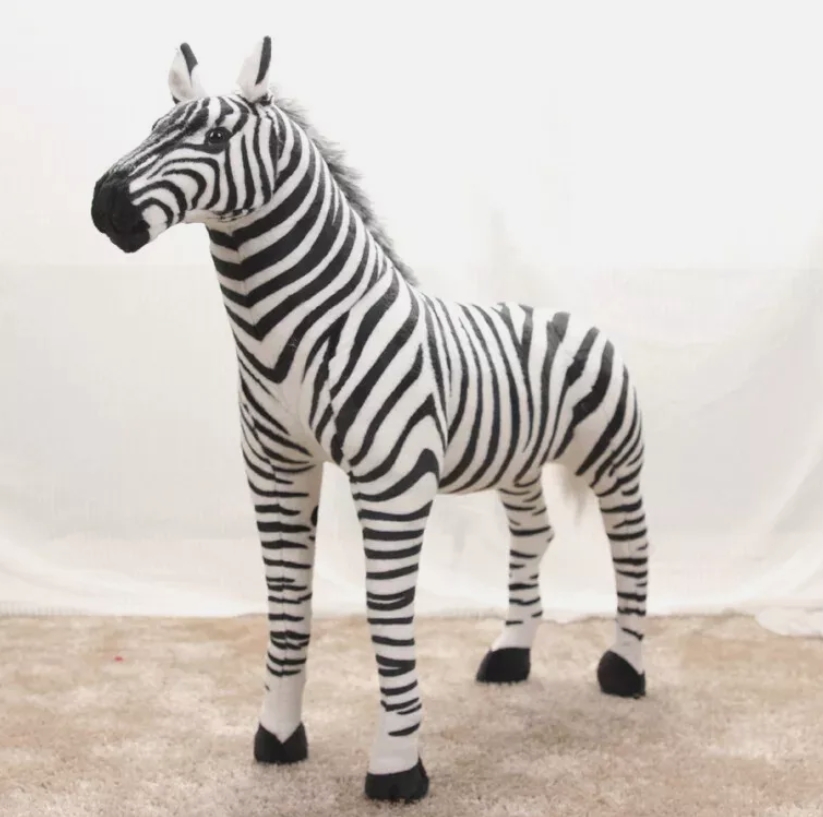Zebra models are an important tool that is widely used in ecological and biological research, especially in studying complex systems and their interactions. By simulating the dynamic behavior of zebra populations, the model provides a deep understanding of species interrelationships in the ecosystem and their responses to environmental changes.
The model uses zebras as research objects, mainly because their unique physiological characteristics and social behaviors make them ideal representatives for observing ecological phenomena. Zebras exhibit distinct social structures and group dynamics in their group behavior, which allow researchers to analyze the interactions between individuals and groups and the influence of environmental factors on their behavior.
When building zebra models, researchers typically employ a complex mathematical and computational approach that combines simulations and field observations. These methods can effectively capture zebra behavior patterns under different environmental conditions, such as foraging, mating and migration. Through these analyses, researchers are able to reveal the food chains, competition and symbiotic relationships within ecosystems, helping to understand the mechanisms that maintain ecological balance.
In addition, zebra models can be used to explore the impact of human activities on ecosystems. With global climate change and increased habitat destruction, zebras and other species face survival challenges. By simulating the effects of different environmental variables, scholars can better predict future trends of species and propose corresponding conservation measures.
Finally, the zebra model not only has academic value, but also provides a practical reference for ecological protection and resource management. By understanding the dynamics of zebras and their habitats, managers can develop more scientific and rational conservation strategies to promote the sustainable development of the ecosystem.




